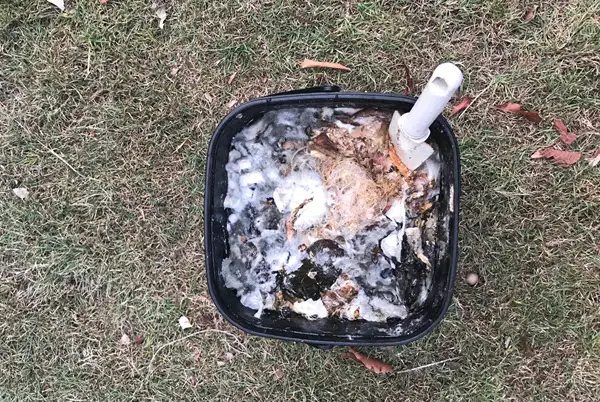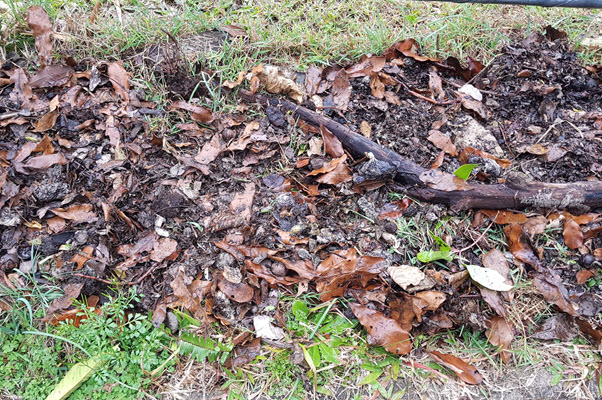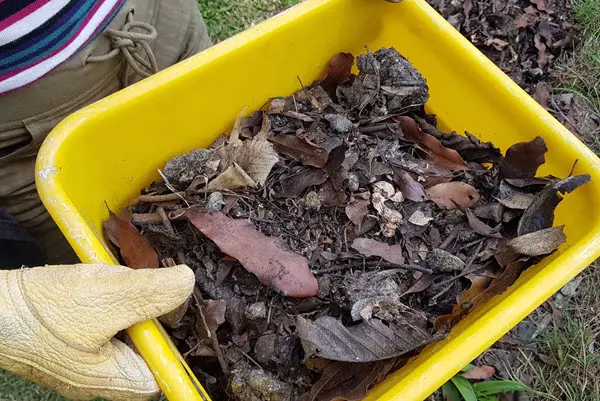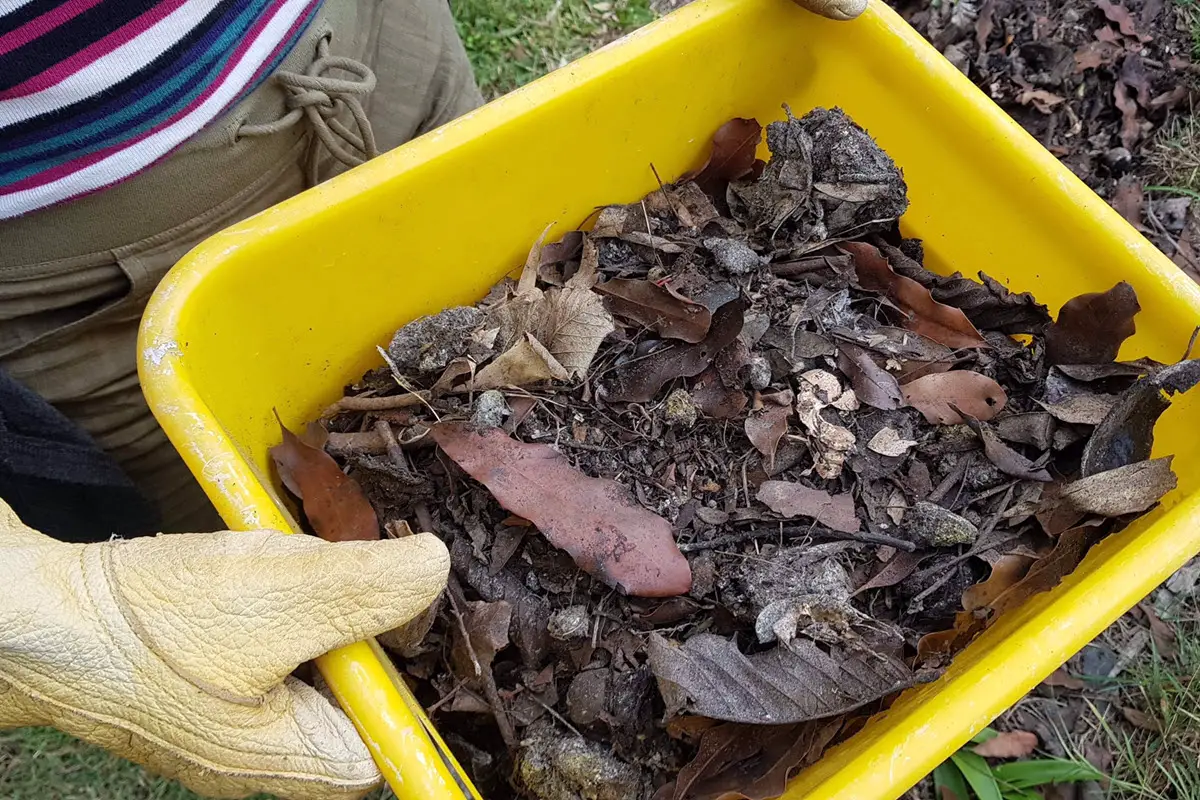Adding bokashi to compost bin vs Burying bokashi compost | Which one is best?
It is no secret that I am a Bokashi enthusiast. Keeping and using a Bokashi bucket really helped me and my family to reduce the amount of food waste in our general trash bin and, later on, in landfills!

In the grand scheme of things, I feel quite relieved that we are doing a tiny little bit to reduce our carbon footprint.
I love Bokashi so much that I am always trying to convince my friends and family to try it out. Some of them have been recipients of gifted Bokashi Buckets! I had success in converting some of them and have since become their go-to person for Bokashi questions, which is kind of embarrassing!
I don’t consider myself an expert at all and to answer their questions, I often have to do a lot of homework and experiments!
So, my friend Jenny asked me “is it better to bury bokashi scraps or add them to the compost bin?” The short answer to that question is both are perfectly fine! They both have pros and cons!
I tried both adding and burying and I can tell you my experience with each one and what went fine and what was not great!
Adding Bokashi to compost bin
Pro- as easy as opening the lid and adding your Bokashi scraps to the compost!
Adding your Bokashi scraps to the compost bin could not be easier. You open the lid and throw in your fermented food. Let’s face it, compared to digging up a hole, that is a piece of cake! And no back pain or sore muscles afterwards!
Cons – you need to look after your compost bin in the same way as any other compost bin
A traditional compost bin requires a certain level of attention whether you add Bokashi scraps or non-fermented food! That means you need to get your balance between carbon (normally dry waste such as leaves and grass clippings) and nitrogen (normally your food scraps) right! You will also need to provide oxygen by regularly moving and shaking your compost bin.
That’s where a lot of people (myself included) fail! In fact, I am guilty of endlessly adding my fermented scraps to the compost bin, but not adding enough carbon-rich dry matter nor providing enough oxygen through regular mixing and shaking! The consequences of not looking after your compost can be bad smell and making it attractive to bugs, including the ones who may like to lay eggs there and multiply by thousands!

Unfortunately, to be successful you can’t just throw your fermented bokashi scraps there and do nothing about it!
Burying bokashi compost
Pro – you can bury and forget about it!
The biggest advantage of burying your bokashi scraps is that your job finishes there and you can forget it, let nature do its work and move on to your next bucket load!
Cons – dig, dig, dig!
If you know anyone who likes digging holes, please send them to my place. I passionately dislike digging and I suspect I am not alone. My husband is not a big fan either! But there are many things we don’t like doing around the house and we don’t need to dig holes every day! Our family of five takes about three/four weeks to fill up a Bokashi bucket, so compared to mopping the floor weekly, that’s not too bad!
How do you bury bokashi compost?
There is no big secret here, but the good news is that the hole does not have to be super deep. In my experience, an area big enough to just cover your load will suffice. After a layer of soil covering the fermented food scraps, we like to cover ours with grass clippings and it seems to keep bad smells away.
How long does it take for bokashi to decompose?
In my experience, not long at all. With buried bokashi it probably takes about a month or so to see it turning into proper soil. The process is faster in spring/summer. When added to the traditional compost bin (we have a tumbling one), it takes about three weeks for us to transfer it to the garden as nutrient-rich soil – but that’s assuming we do the right thing and keep our balance between nitrogen, carbon and oxygen right!

Final Thoughts
So, what do we do with our bokashi scraps after experimenting with ‘adding to the compost bin vs burying’?
In spring/summer, when it is more pleasant to spend time outside, we add our fermented food scraps to the traditional compost bin. We also add grass clippings and dry leaves to it and ‘tumble’ our compost bin twice a week. The compost bin needs to be regularly checked for a good ratio of carbon-nitrogen-oxygen. That might sound very complicated if you have never composted, but you can learn very quickly.
With well-balanced compost, we don’t seem to have problems such as bad smells and nesting bugs!
In winter, when it is less pleasant to be outside, we prefer to dig a hole and forget about it for a few weeks!
There’s no right or wrong when it comes to composting. Food waste that is diverted from landfills to the garden is always a winner. It is really is a matter of trying what suits you best.





